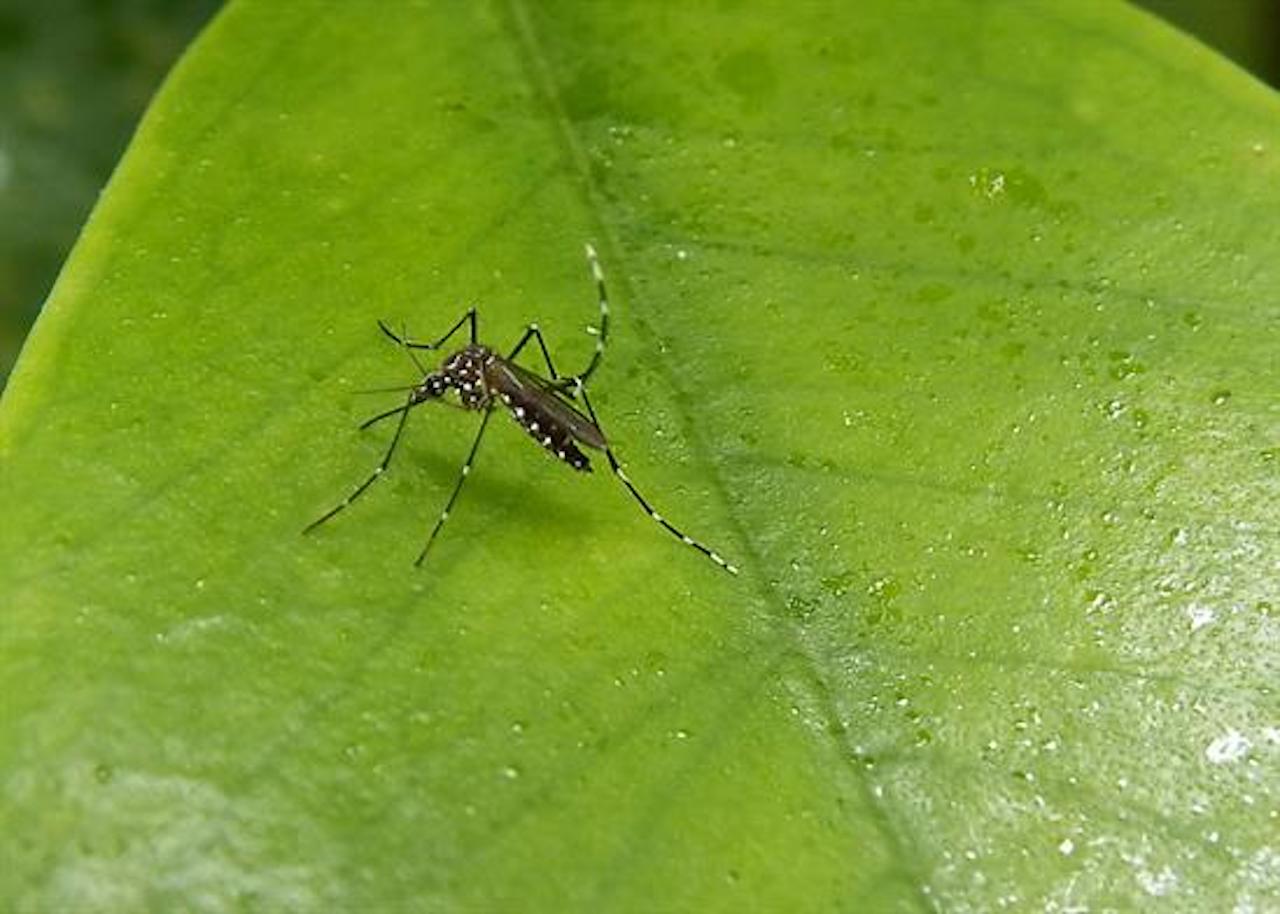
Saturday February 6, 2021

A close-up image of the Ae. aegypti mosquito, the vector for the transmission of dengue fever
The World Health Organization Ethiopia country office is working with Somali Regional Health Bureau to contain the spread of dengue fever in the region. Close to 160 confirmed cases have been recorded in Warder Woreda of Dolo Zone and 47 suspected cases in Dolo Ado Woreda of Liban Zone. Samples of the suspected cases from Dolo Ado have been sent to the regional laboratory in Hawassa for confirmation.
WHO is supporting the outbreak response through coordination, disease and entomological surveillance, sample collection and transportation, supply of medicines, social mobilization, and on-the-job training on case management at the health facilities in the affected zones.
The affected zones have a history of past Dengue fever outbreaks in 2017 and 2018. Weakened nutritional status of the community due to prolonged drought and the resulting reduced resistance to infections as well as population displacement are contributing factors to the detected increase in Dengue fever cases in the affected districts.WHO representative, Dr Boureima Hama Sambo, underscored the need to destroy mosquitoes’ breeding sites and prevent mosquito bites to interrupt transmission of dengue fever. “Families and communities need to care for the most vulnerable such as women, children and persons with chronic illnesses, and also seek medical attention immediately when feeling unwell,” he added. Dr Sambo also called for continued government leadership and strong public health measures to scale and speed up the response and halt the spread of dengue fever.
Dengue is a viral infection that is common in warm, tropical climates that causes flu-like illness, and occasionally develops into a complication called severe dengue. It spreads to humans through the bite of an infected female Aedes aegypti mosquito. Unlike other mosquitoes Ae. aegypti is a day-time feeder; its peak biting periods are early in the morning and in the evening before dusk. The Aedes aegypti mosquito lives close to human populations, laying its eggs in water-filled containers inside the house or surrounding areas, including non-used bottles, containers, discarded waste and tyres which hold water.